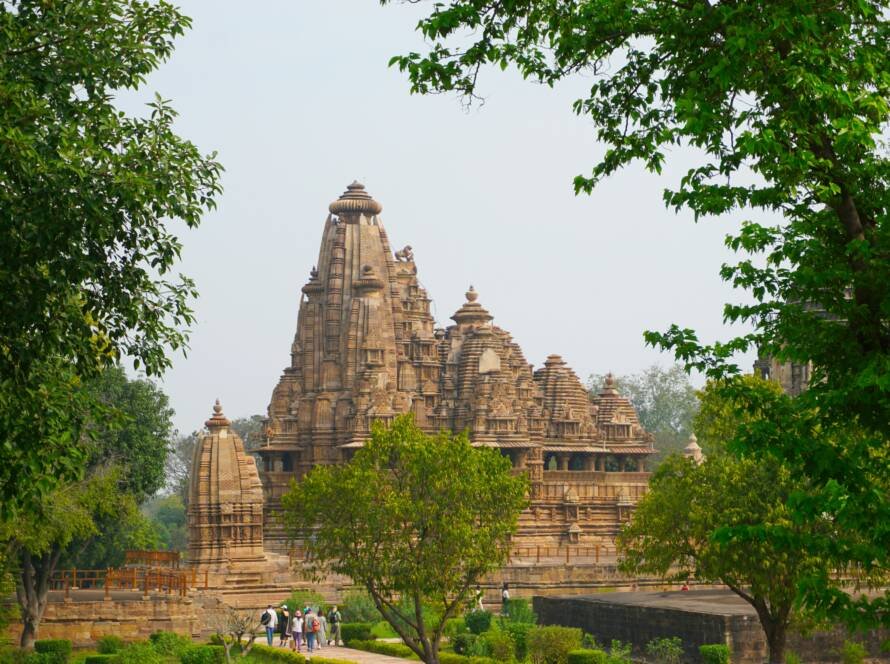A Threshold of Spirit and Soil
In the soft morning light, as the temple bells chime and the fragrance of sandalwood mingles with the first rays of the sun, something stirs deep within us. A temple is not merely a place of worship—it is where the soul remembers who it is. For centuries, Indian temples have stood as sanctuaries of silence, celebration, and self-discovery. For the youth of today, who often find themselves adrift in a world of distraction, these sacred spaces offer more than ritual—they offer rootedness, resilience, and responsibility.
Living Classrooms of Values and Virtues
Temples are living embodiments of dharma, not only in stone but in spirit. Every act within these sacred walls—lighting a lamp, removing one’s shoes, offering a flower—is layered with meaning. These rituals, far from being mechanical, teach mindfulness, humility, and reverence. When children visit temples, they don’t just observe traditions—they absorb them.
The quiet patience of standing in line, the discipline of silence in the sanctum, the act of giving to the needy at the temple gate—all subtly shape character. Values like gratitude, compassion, duty, and inner stillness aren’t preached—they’re experienced. Temples thus become silent teachers, nurturing responsible citizens without a single sermon.


Architecture of the Divine and the Human Spirit
Step into a temple like Chidambaram or Konark, and you’re stepping into a cosmos sculpted in stone. The mandala-like layouts, the symmetry of pillars, the celestial alignments—all point to a world where science, art, and spirituality coexisted as one. Young minds exposed to such genius learn to see learning as integrated—not fragmented. Math, astronomy, ecology, sculpture, poetry—all are woven into the very fabric of temple design.
The presence of nature—courtyards with sacred trees, temple tanks with fish and turtles, birds nesting in quiet corners—teaches environmental harmony, not through textbooks, but through experience. The temple does not command—it inspires.
Tradition as Transmission
Temple traditions are oral, visual, tactile, and musical. From the vibrant steps of a Bharatanatyam dancer performing in front of the deity, to the recitation of mantras that echo with ancient wisdom, youth become inheritors of a living legacy. In participating in a temple procession or helping decorate the sanctum during a festival, children engage with history not as spectators, but as storytellers.
This connection to tradition fosters pride—not the arrogant kind, but the quiet dignity of knowing where one comes from. In an age of rapid change and cultural homogenization, this rootedness is an anchor.
A Compass for the Inner Journey
At its core, every temple is a mirror. The journey from the outer gopuram to the inner garbha griha mirrors the journey from noise to silence, from the world to the self. For young people grappling with identity and purpose, this sacred geography offers deep psychological resonance. The temple invites them not to escape the world, but to enter it with clarity and courage.
Even the myths and stories whispered within temple walls—of Rama’s exile, Krishna’s mischief, or Devi’s fierce compassion—are not just tales, but templates for life. They teach resilience, dharma, joy, and the ability to rise after every fall.
Rekindling the Sacred Within
Temples are not relics of a bygone era. They are radiant reminders of who we are and who we can be. In their chants and shadows, carvings and courtyards, they hold the collective memory of a civilization that prized inner wealth as much as outer achievement.
For our youth, temples offer not just heritage, but healing. Not just history, but hope.
To step into a temple is to step into oneself. And in that sacred stillness, perhaps, lies the seed of true responsibility—born not from fear or obligation, but from love, reverence, and belonging.



